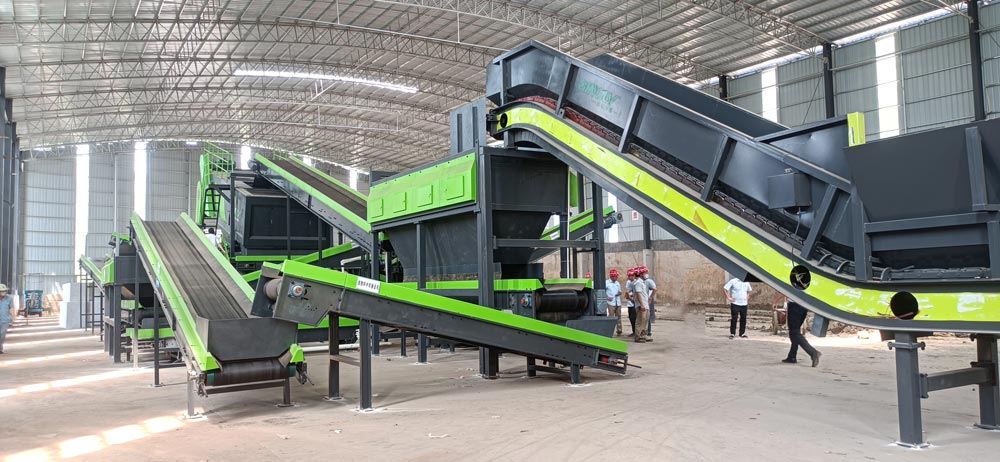 Time:2025-04-29
Time:2025-04-29
 Source:青绿环境
Source:青绿环境
With the continuous acceleration of urbanization, the volume of waste is increasing year by year. How to efficiently handle domestic waste and achieve resource recycling has become an important issue faced by urban managers. Against this backdrop, waste separators have emerged as a key tool for promoting waste classification and resource utilization.

A waste separator is an intelligent device that automatically sorts mixed waste using various technological means, including mechanical, optical, and electromagnetic methods. Its primary function is to separate different components of waste, such as metals, plastics, paper, organic matter, and glass, for subsequent individual treatment or recycling. Compared with traditional manual sorting methods, waste separators are more efficient and precise in sorting, significantly enhancing the overall efficiency of waste management.
Currently, there is a wide variety of waste separators available on the market. They can be classified into several types based on their working principles, including screens, air separators, magnetic separators, and optical separators. Screens are mainly used for preliminary classification based on the size of waste particles; air separators use airflow to separate lightweight materials (such as plastic bags and paper) from heavy materials; magnetic separators can effectively remove iron-based metals; and optical separators use sensors to identify different materials and separate them using air jets. These devices can be combined to form a complete automatic waste sorting system.
The application of waste separators not only increases the rate of resource recovery but also effectively reduces environmental pollution caused by landfilling and incineration. For example, by separating recyclable plastics and metals, the consumption of raw materials can be significantly reduced, achieving a circular economy. Additionally, separating organic waste such as kitchen waste from other waste allows it to be used for composting or bioenergy production, further improving resource utilization.
Moreover, with the development of artificial intelligence and big data technologies, modern waste separators are evolving towards intelligence and higher efficiency. Intelligent recognition systems can analyze the composition of waste in real-time and dynamically adjust sorting parameters to improve sorting accuracy and operational efficiency. This not only reduces operating costs but also provides data support for urban management.
In summary, waste separators play an important role in promoting waste classification, resource recycling, and environmental protection. In the future, with continuous technological progress and policy support, waste separators will be more widely applied in more cities and communities, contributing to the construction of a green and sustainable society.













 Prev
Prev











